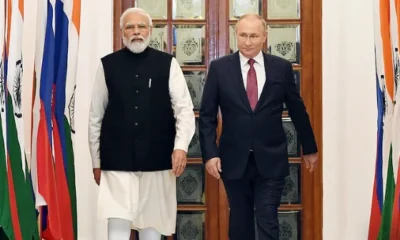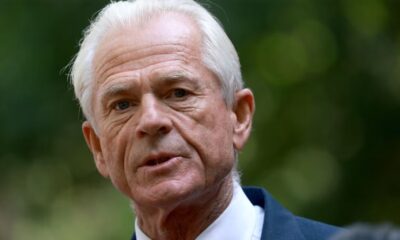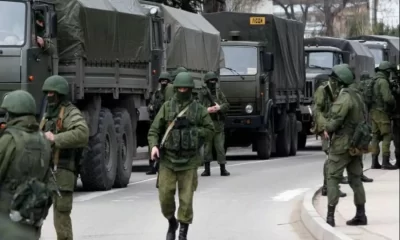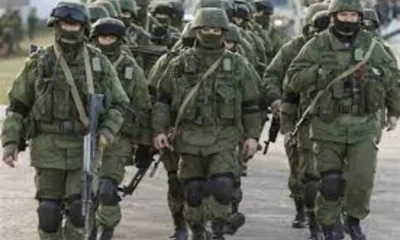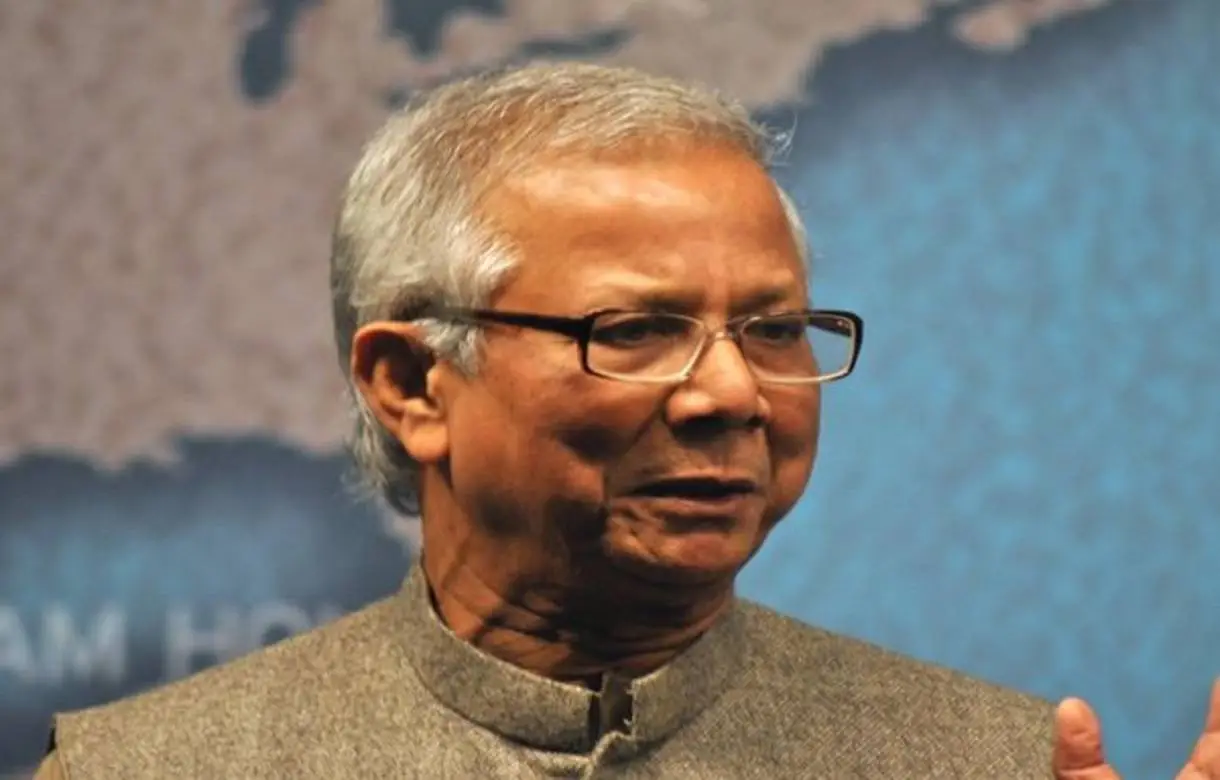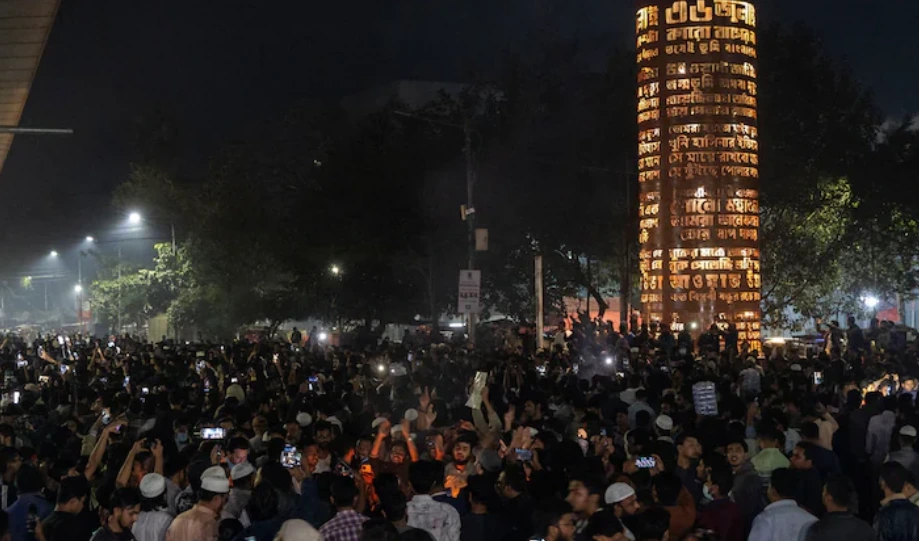Latest world news
Russia-Ukraine Conflict: From United Kingdom to Japan; times when Russia got involved in wars
Russian troops have been taken part in a large number of wars and armed clashes in various parts of the world. Here’s the time when Russia entered into major wars.
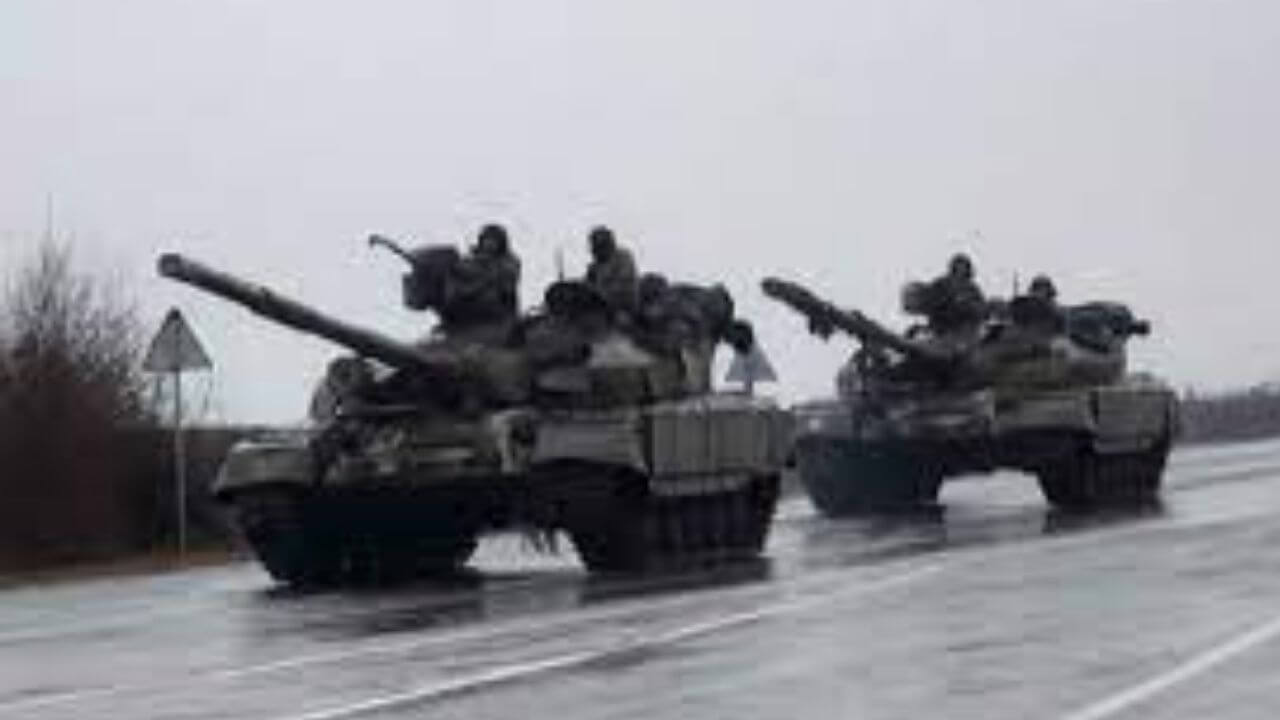
Latest world news
Bangladesh student leader killing sparks allegation against Yunus-led interim government over February polls
The killing of Bangladesh student leader Sharif Osman Hadi has led to protests and serious allegations against the Yunus-led interim government over the February national election.
Latest world news
H-1B visa renewal delays leave hundreds of Indian workers stranded amid US social media checks
Hundreds of Indian H-1B visa holders remain stranded after US consular interviews were delayed due to enhanced social media screening.
Latest world news
Hindu man lynched and set on fire in Bangladesh during anti-India protests
A Hindu man was lynched and set on fire in Bangladesh’s Mymensingh district amid rising anti-India protests after the death of a radical student leader.
-

 India News22 hours ago
India News22 hours agoBJP raises seat offer to Eknath Shinde’s Shiv Sena to nearly 90 ahead of Mumbai civic polls, talks continue
-
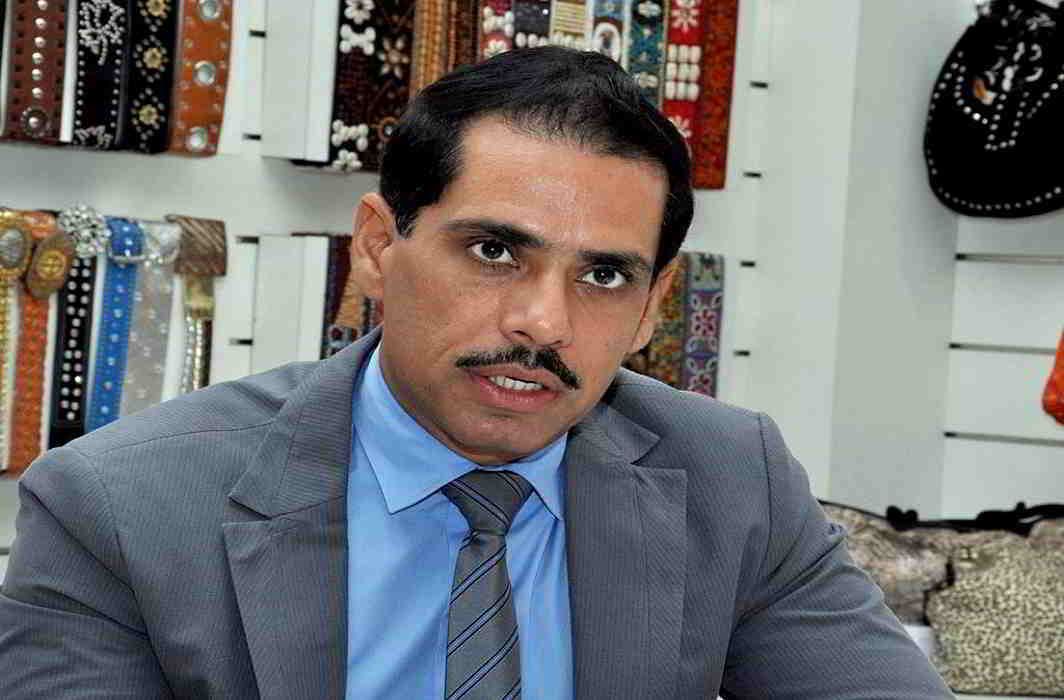
 India News22 hours ago
India News22 hours agoEveryone has their demands: Robert Vadra responds to calls for Priyanka Gandhi as PM candidate
-
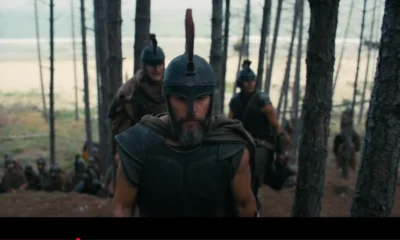
 Entertainment22 hours ago
Entertainment22 hours agoThe Odyssey trailer: Christopher Nolan unveils first look of epic journey led by Matt Damon
-

 Entertainment21 hours ago
Entertainment21 hours agoGovinda’s Avatar: Fire and Ash cameo clips go viral, truth behind the AI-generated videos
-

 India News6 hours ago
India News6 hours agoIndia’s LVM3 Baahubali rocket launches heaviest satellite ever from Indian soil
-
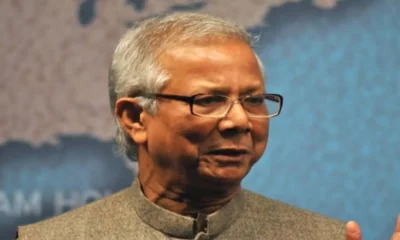
 Latest world news6 hours ago
Latest world news6 hours agoBangladesh student leader killing sparks allegation against Yunus-led interim government over February polls
-

 India News6 hours ago
India News6 hours agoOver 24 lakh voters dropped from Kerala draft electoral roll after special revision
-
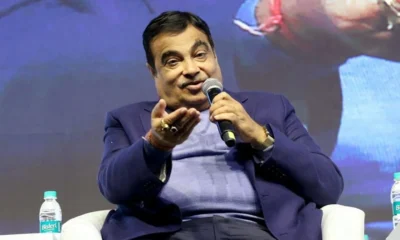
 India News2 hours ago
India News2 hours agoNitin Gadkari flags Delhi air pollution, says two-day stay causes infection

